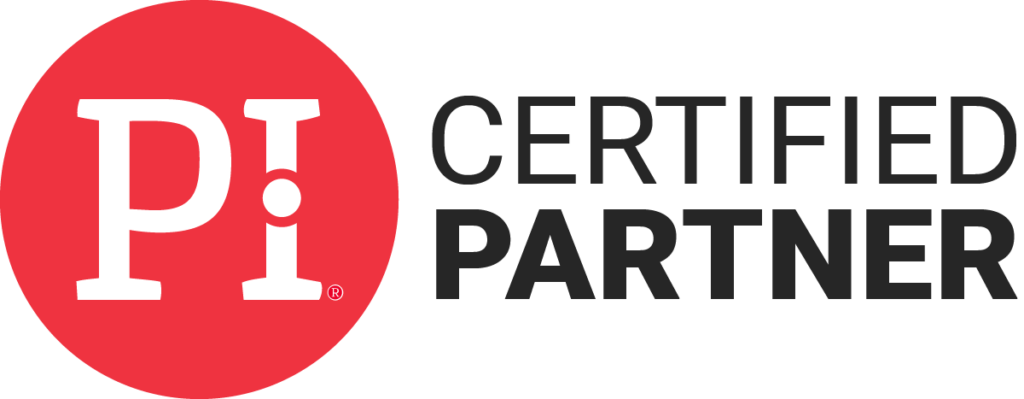
Time To Flourish Uses The Predictive Index to Help Clients Maximize Workforce Productivity
Time To Flourish is now a Certified Partner of The Predictive Index (PI). Time To Flourish will provide talent optimization services with PI’s science-based methodologies to empower clients to align their people strategy with their business strategy to achieve optimal business results.
Offering over 35 years of collective management experience, Sandi Rapp and Maria Veglia help businesses accurately define the true competencies needed for specific positions. With data from PI, the Time To Flourish team can help businesses greatly improve their success in hiring top talent, designing winning teams, managing change, influencing productivity, and ultimately driving growth to achieve their business objectives.
Time To Flourish is a women-owned business offering consulting and performance improvement services. We partner with our clients to develop significant and lasting solutions to impact financial performance, employee retention and engagement. These custom solutions are developed in partnership with our clients and are based on an extensive, multi-faceted assessment. Schedule an appointment to learn more here.
About The Predictive Index
The Predictive Index (PI) is an award-winning talent optimization platform that aligns business strategy with people strategy for optimal business results. Sixty years of proven science, software, and a robust curriculum of insightful management workshops make PI the solution for any company looking to design great teams and culture, make objective hiring decisions, and inspire greatness in their people anywhere in the world. More than 8,000 clients and 150+ partners use PI—including Nissan, Citizens Bank, DocuSign, Subway, 47 Brand, Blue Cross Blue Shield, and Omni Hotels—across 140+ countries. Learn more at https://www.predictiveindex.com/.
Time To Flourish will work with clients to uncover the root cause of business challenges and to implement the data-driven tools provided by The Predictive Index to boost employee engagement, workplace culture and financial performance.
To learn more about our services, email us at Contact@TimeToFlourish.net .